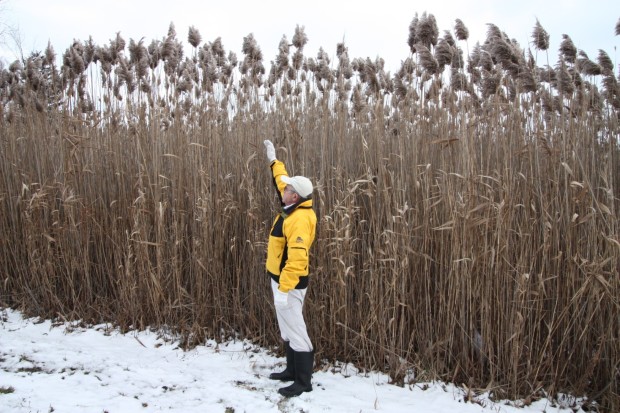NPR:
The Renaissance Garden at the New York Botanical Garden, a re-creation of a 16th-century medicinal garden, is so lush and colorful, it takes only a stroll through to absorb its good medicine.
The garden, part of a summer exhibit called Wild Medicine: Healing Plants Around the World, is a small-scale model of the Italian Renaissance Garden in Padua, Italy, Europe’s first botanical garden.
The landscape includes Mediterranean flowers in multiple colors, fountains and odd plants that many people have never seen, like the opium poppy, with its unusual seed pods. The garden in Padua was created in 1545 as part of the University of Padua medical school, one of the earliest and most important medical schools in Europe.

